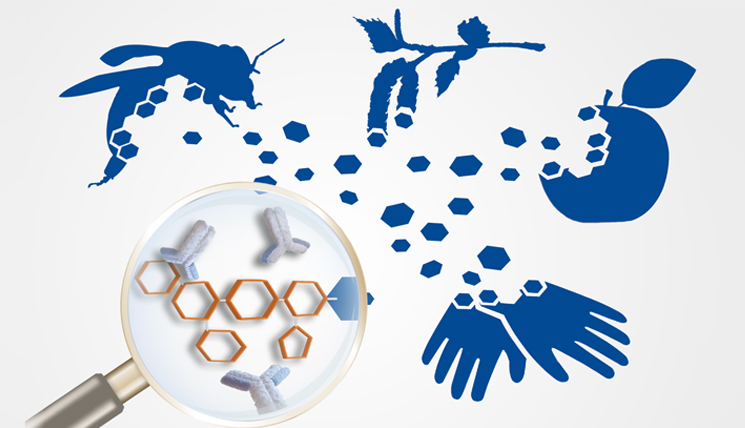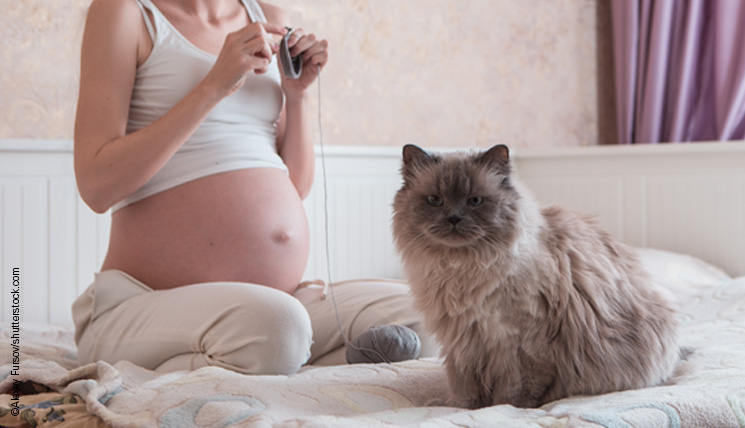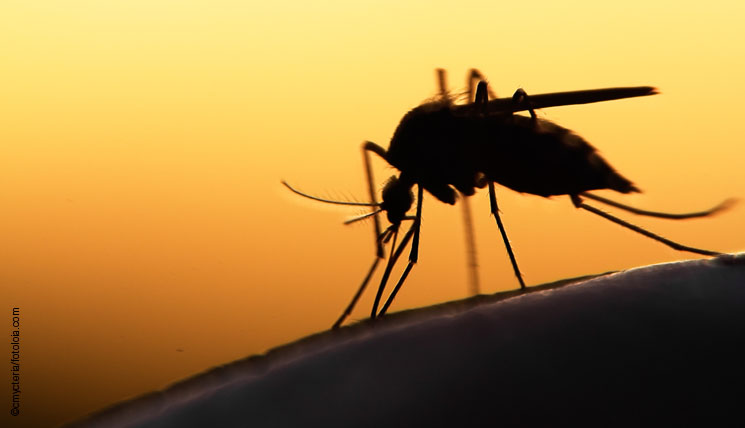Lactose intolerance – it’s in our genes
Approximately every fifth person in Europe and almost all adults in large parts of Asia are not able to digest lactose. This is referred to as lactose intolerance. Actually, lactose intolerance is not a disease, but the natural state in mammals. After weaning, the activity of the digestive enzyme lactase, which splits lactose into the […]





